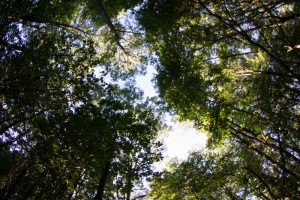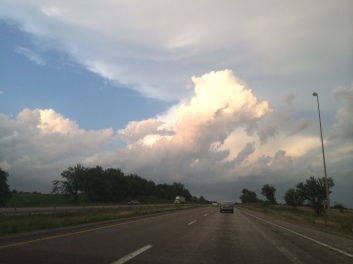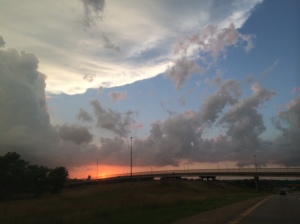When I sit down to write a blog post, I usually do a little Google search to see what’s new with climate change in the media. Sometimes, it gives me really good ideas, leading me on a research adventure that deepens my knowledge and gets me excited.
Then there are times when I can barely keep a level head, ranting and swearing at whichever of my friends are near me about how frustrated I am that politicians dismiss humans’ involvement in climate change, all the misleading information scattered across the internet like chickenpox on skin, the utter lack of action, whatever.
I’m human.
I’m a human who loves nature. I love being outside and surrounded by trees. There is something deep inside me that itches and urges to drop everything and climb a tree, get lost in the woods, or follow a butterfly from flower to flower.
This love of nature has percolated into nearly all aspects of my life and has even turned into my career path and identity as an environmental writer. My passion fills my body from corner to corner. My favorite band puts this feeling into words for me:
My blood it boils with passions because they overflow sometimes. Umphrey’s McGee, “All in Time”
I am filled with this frustration because I love and care about nature, wilderness, the earth a lot.
It’s disheartening for me, and the hordes of other environmentalists, to see so much disrespect for the earth when we need it so much.
Here’s an example of this disheartened anger, and passionately boiling blood in my own life right now.
The IPCC just released a new synthesis report about the latest updates in climate change science, and people are annoyed because they feel like the reports year after year are redundant. “We get it,” they say.
Now zoom into my room where I’m waving my hands at my computer screen, thinking about how the IPCC wouldn’t need to release more of the same reports if people (collective humanity) did something about what they are saying.
When I re-looked at this post, I wasn’t sure if I should provide an example since it defeats the purpose of me shaking of my negative thoughts, calming my boiling blood, but I think it’s important to connect my snappier tones to the fact I am passionate–not just a grouchy grump.




